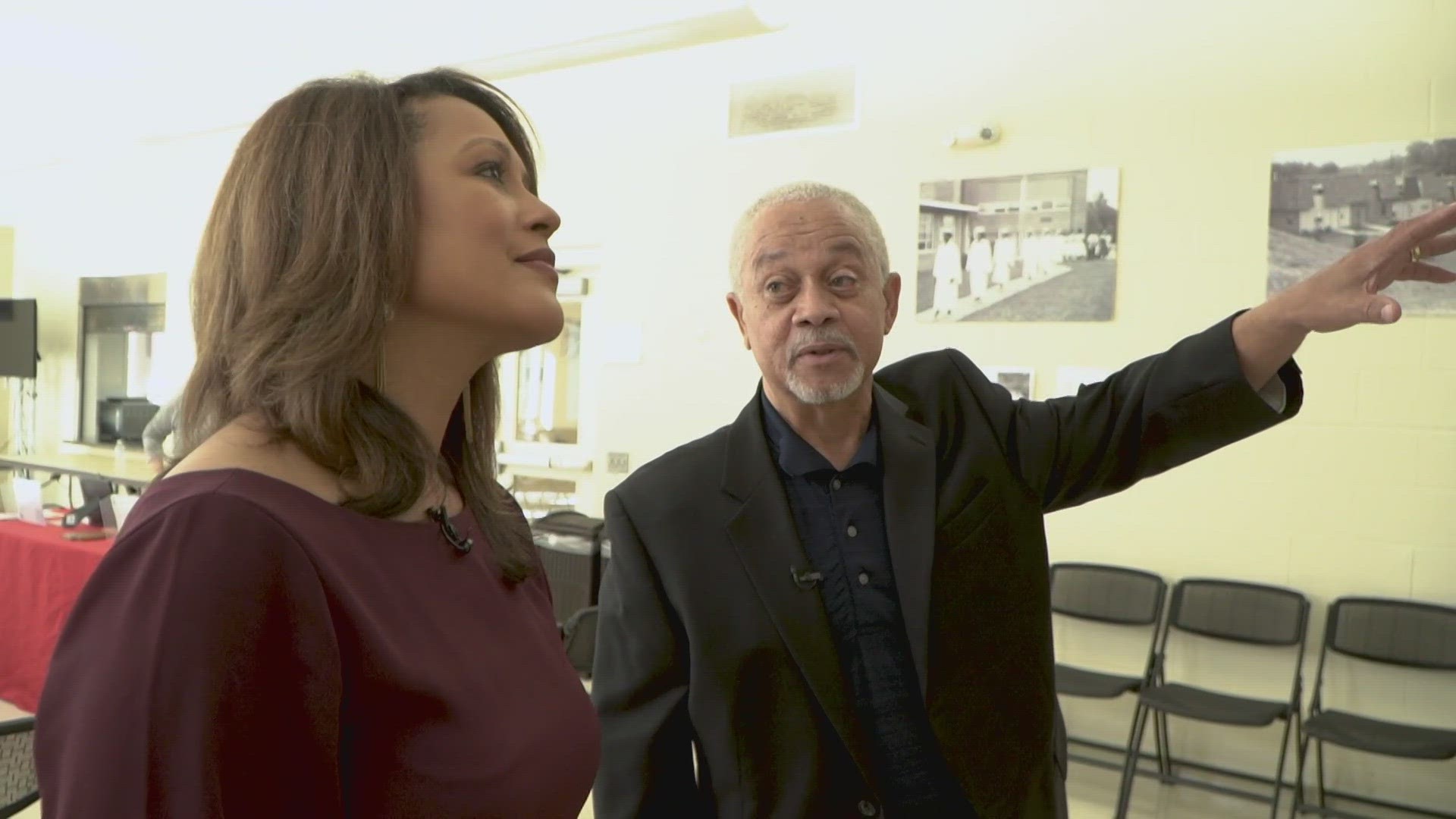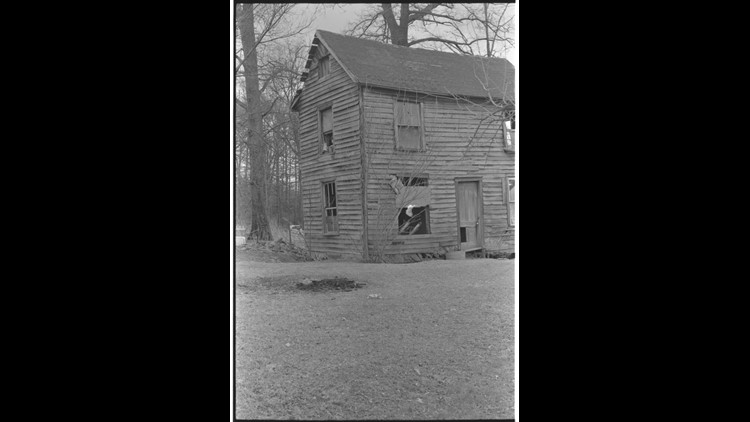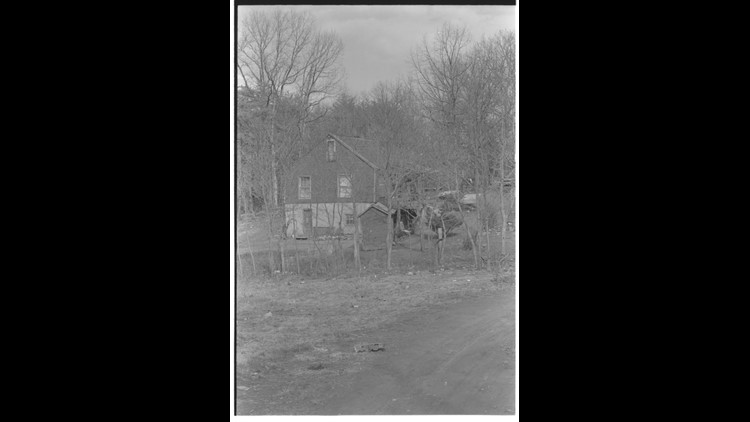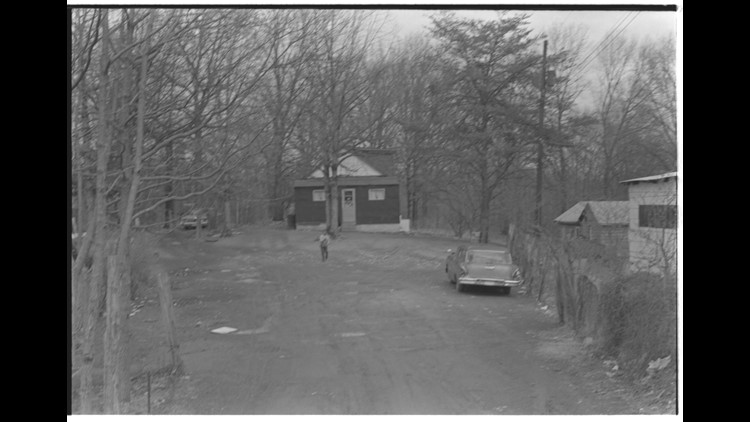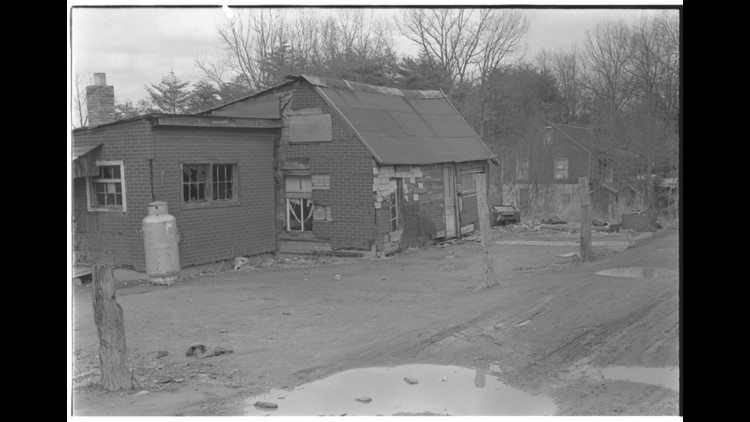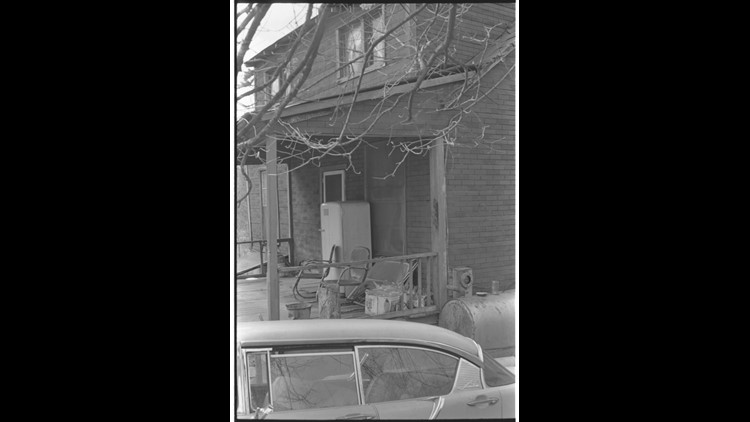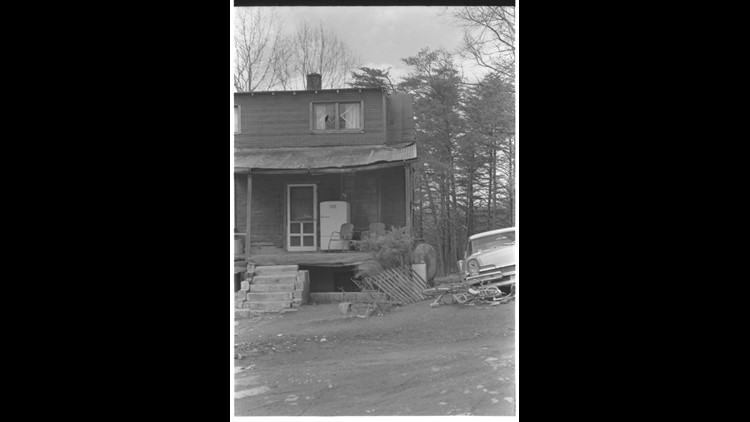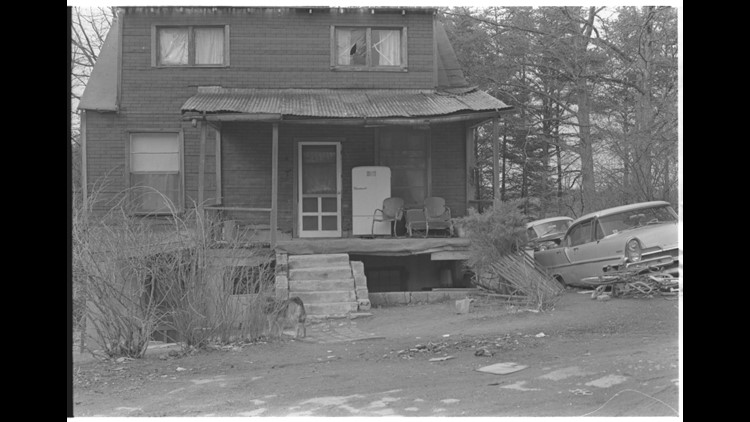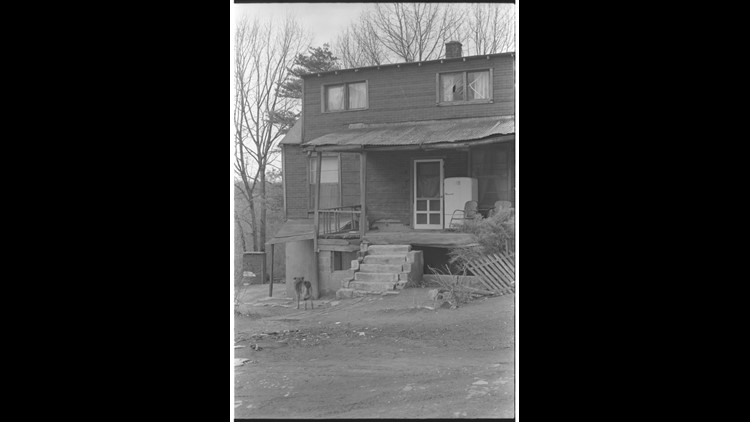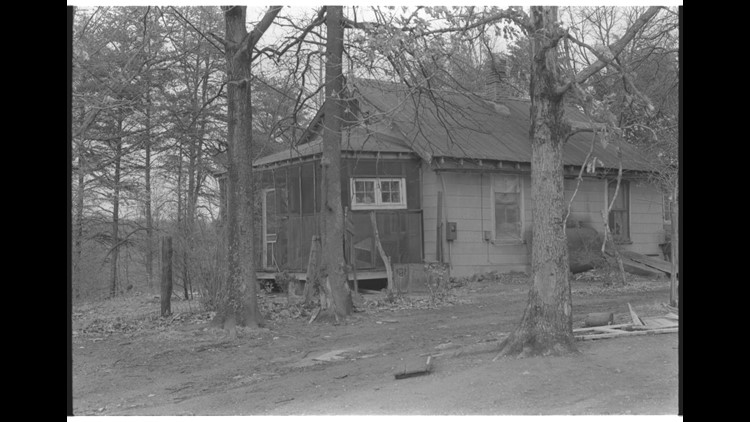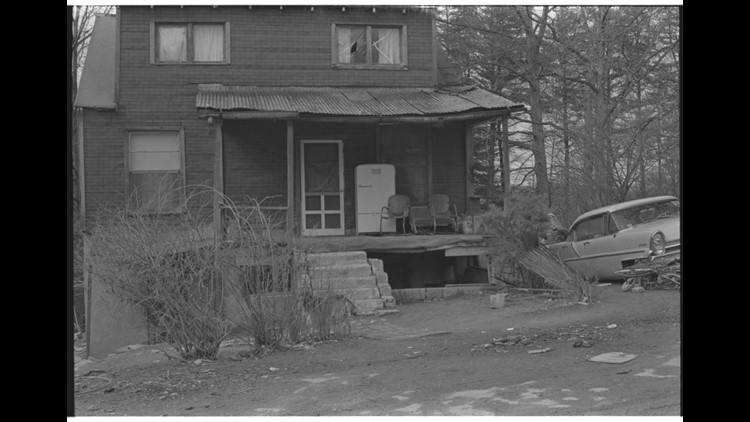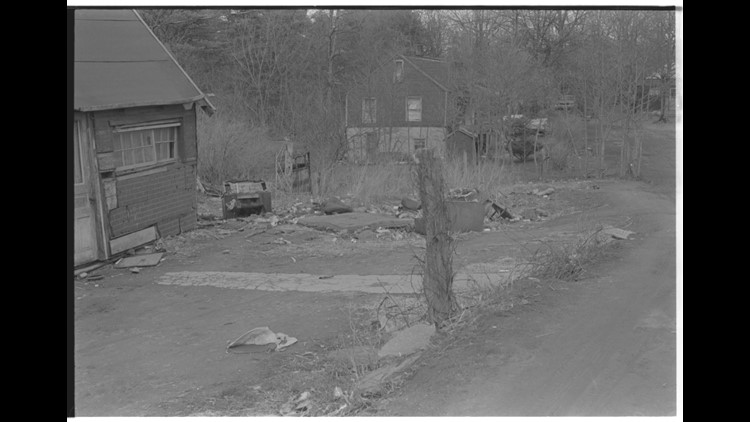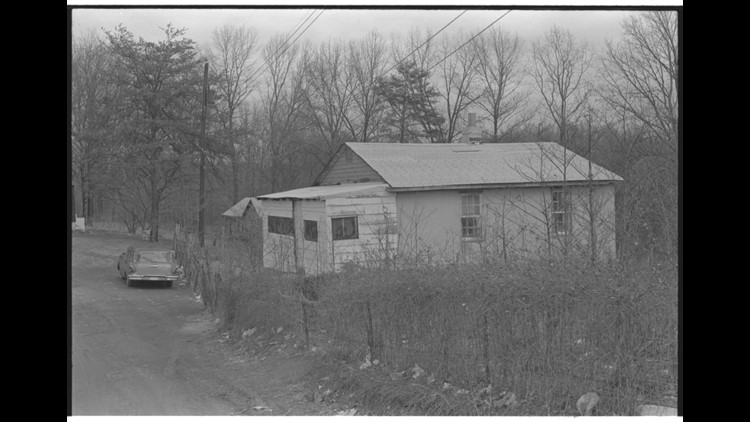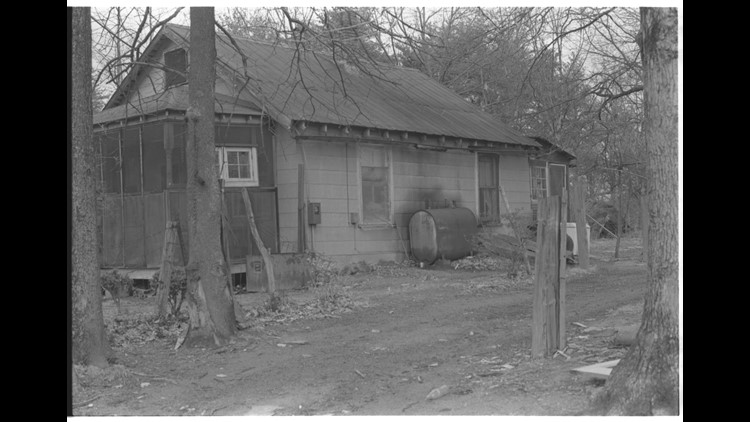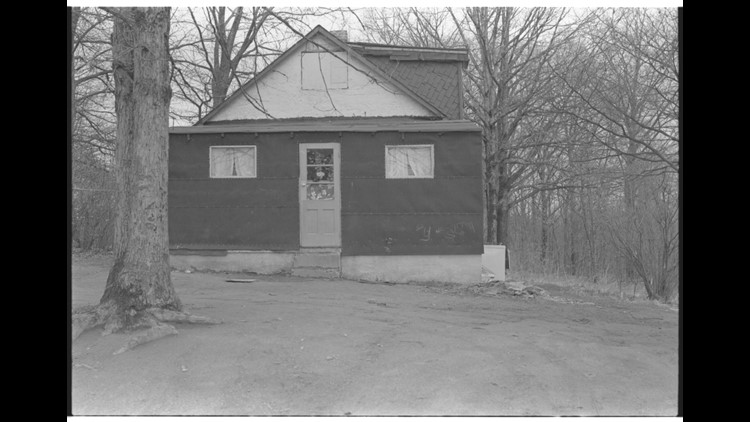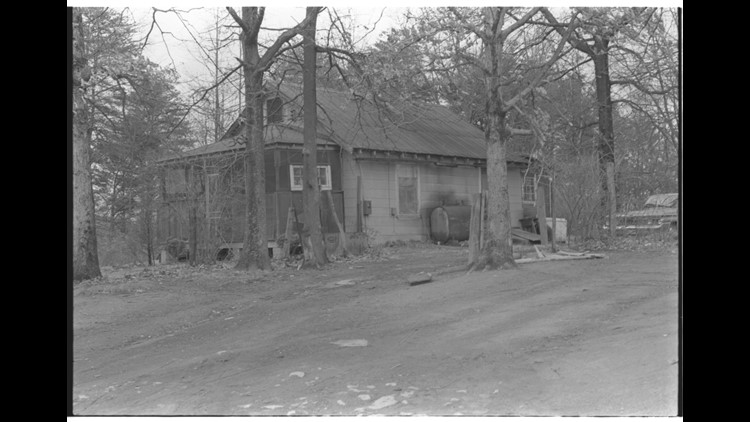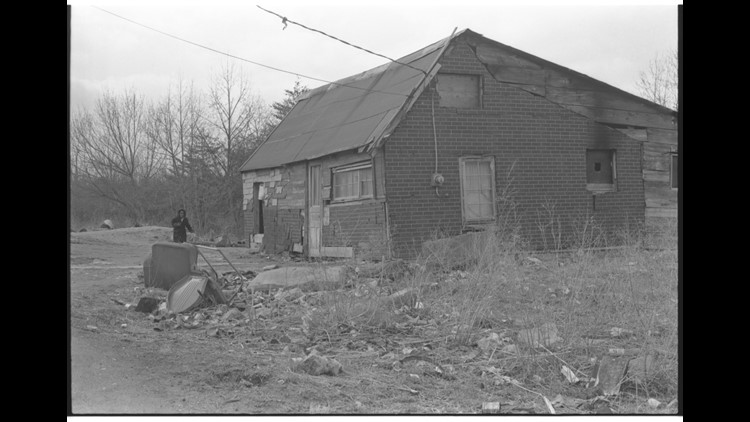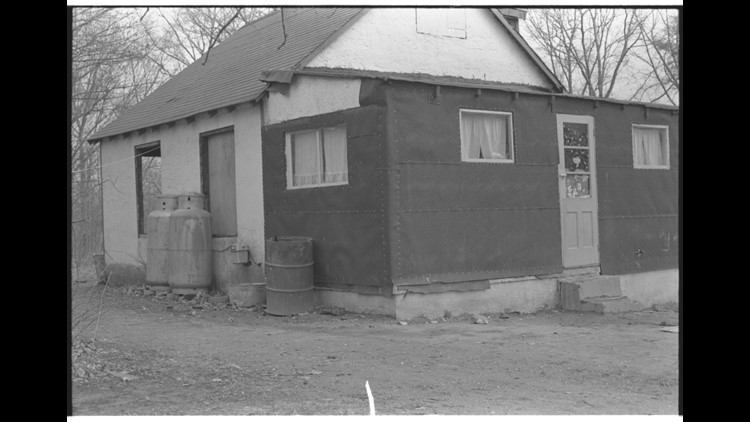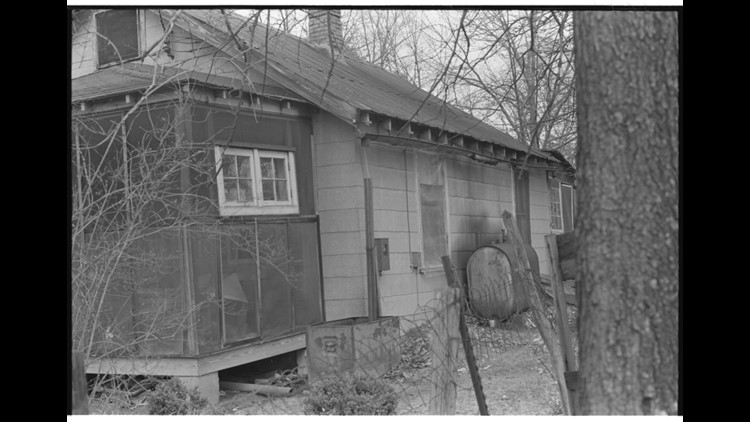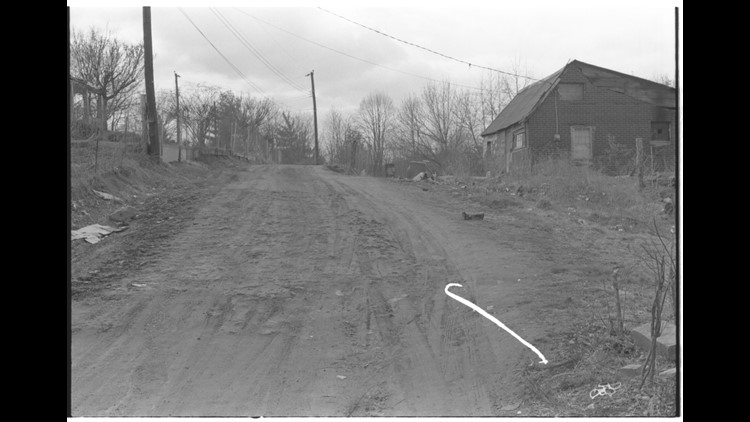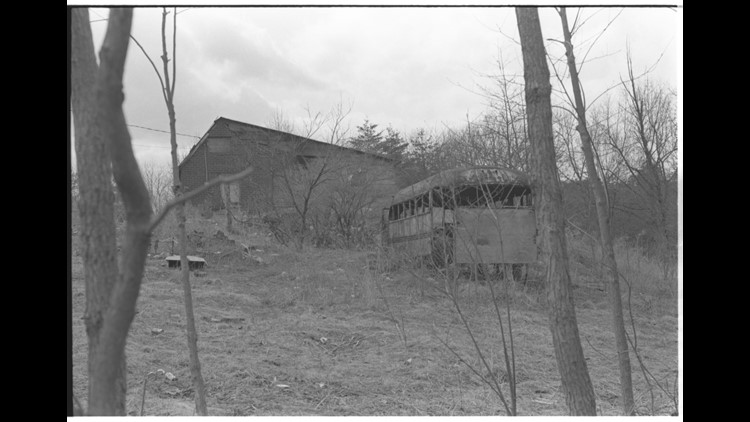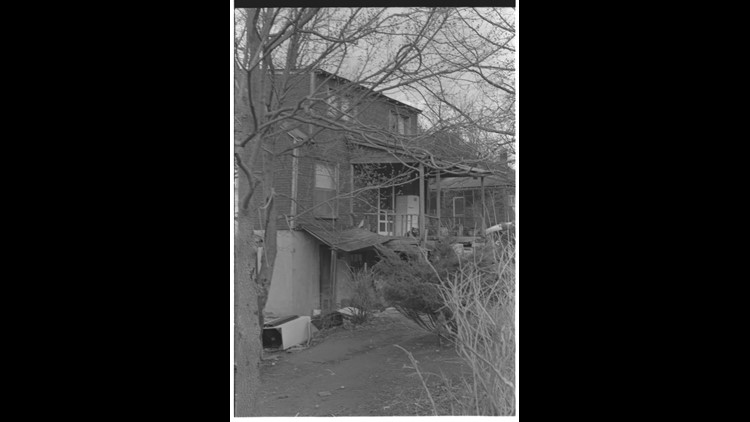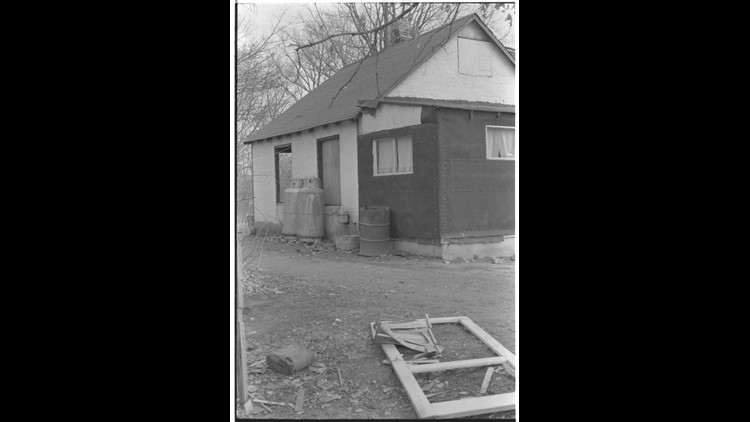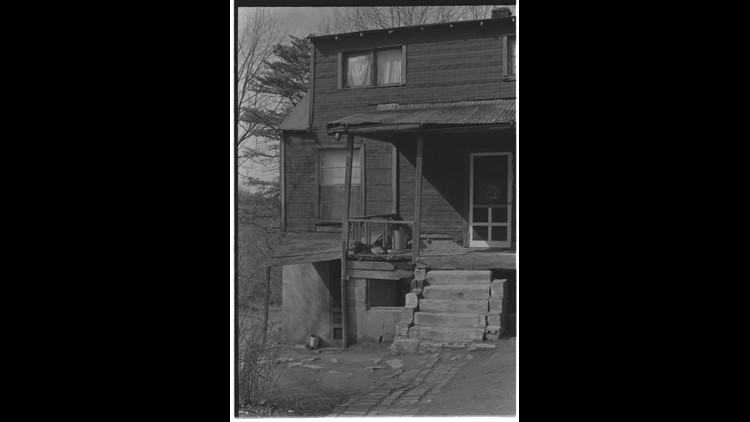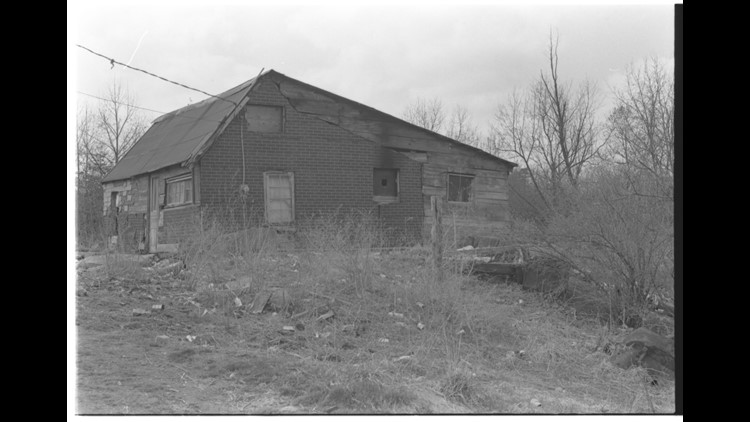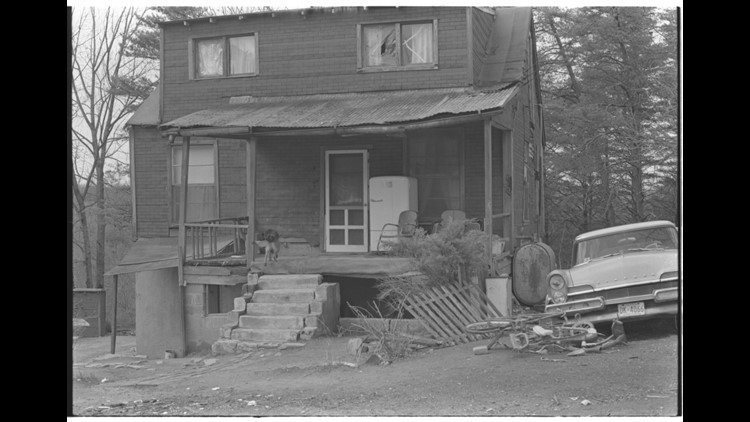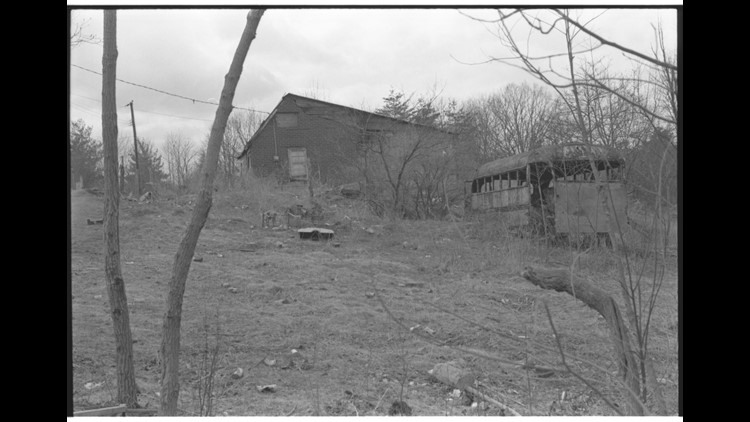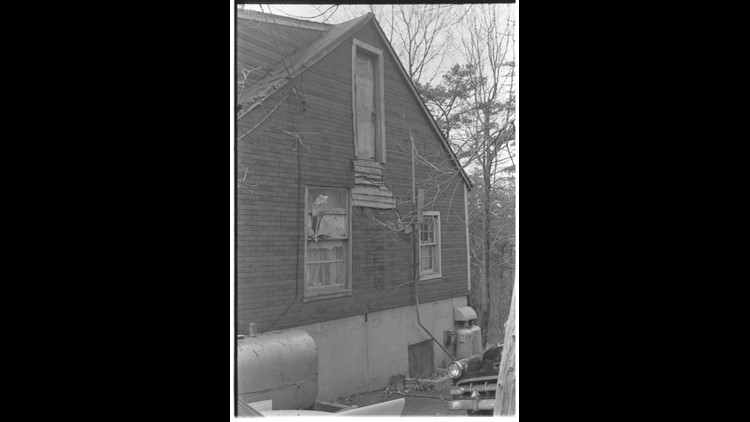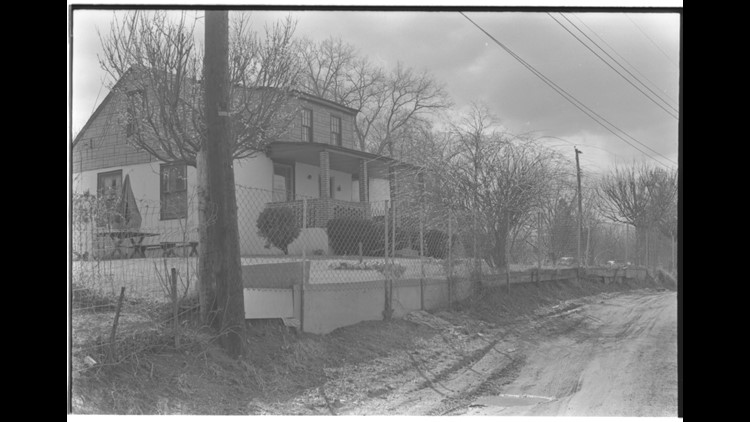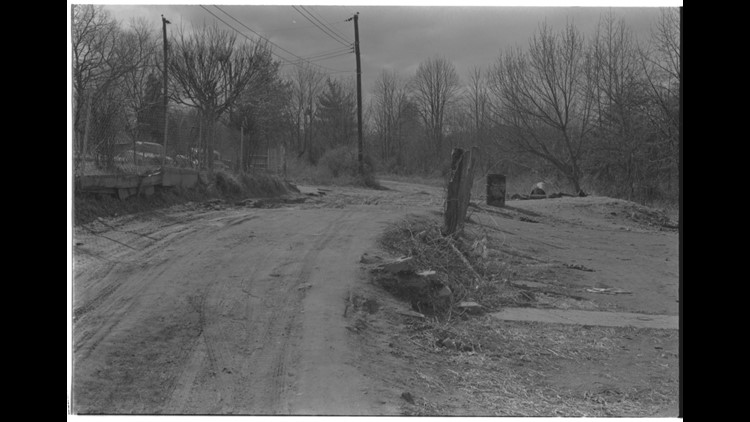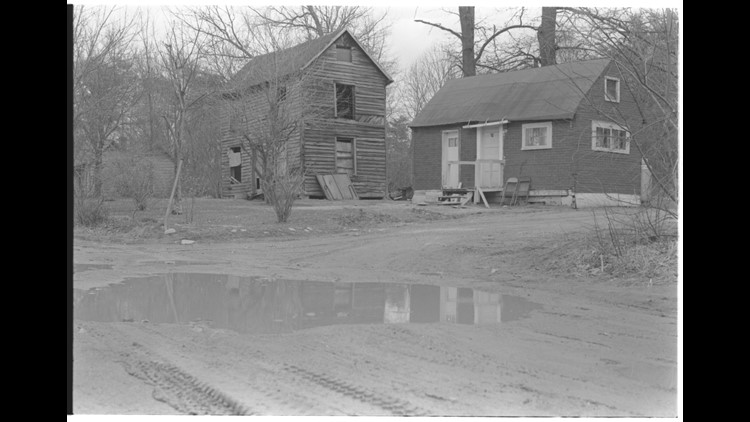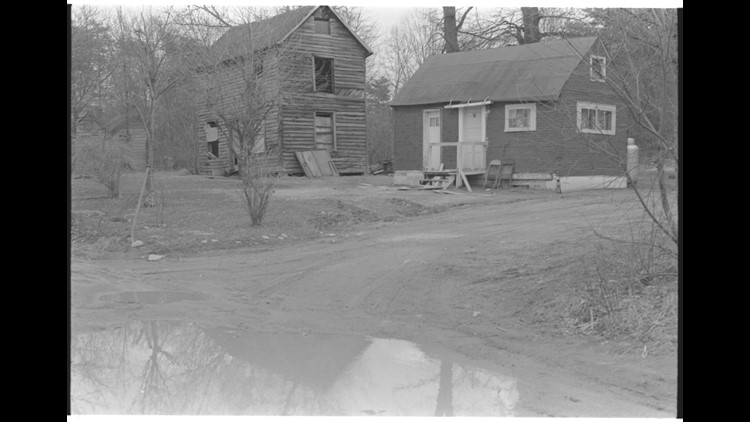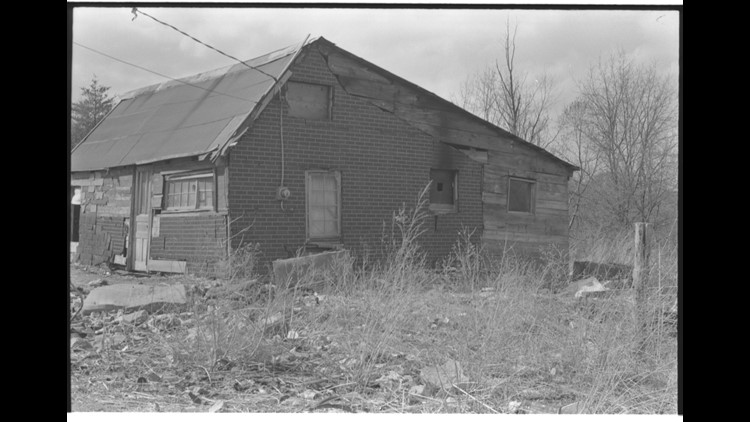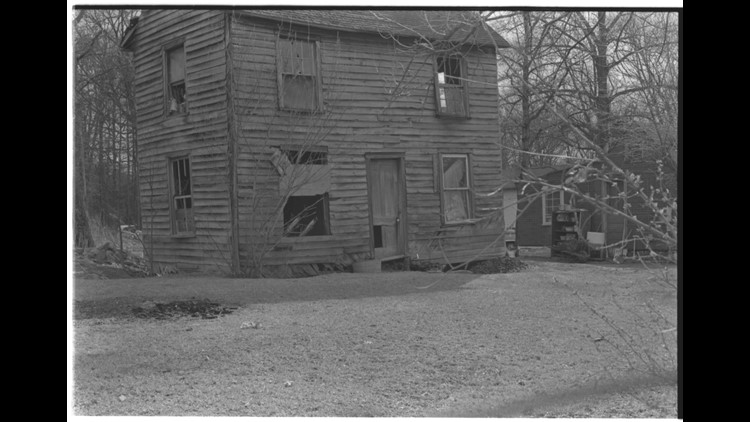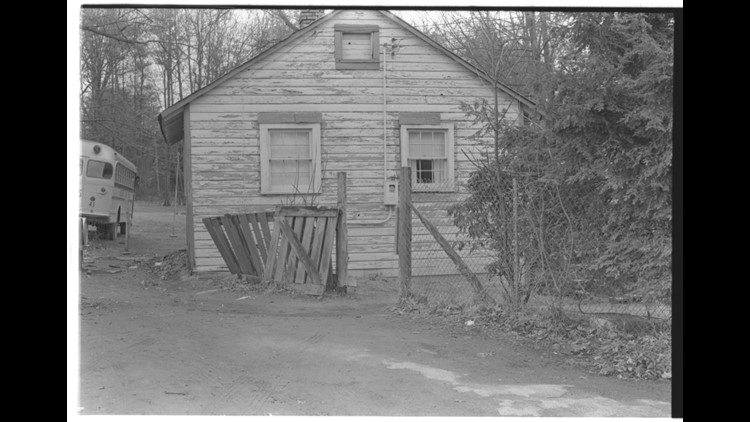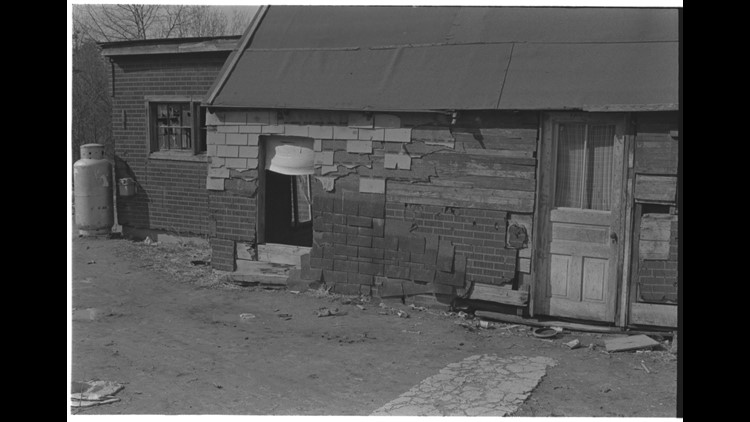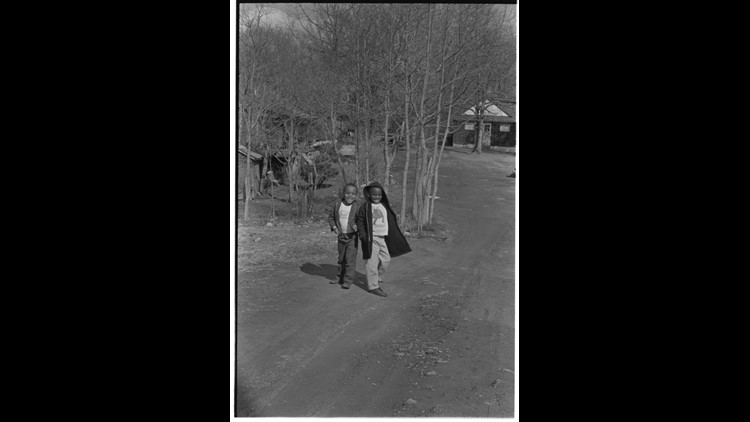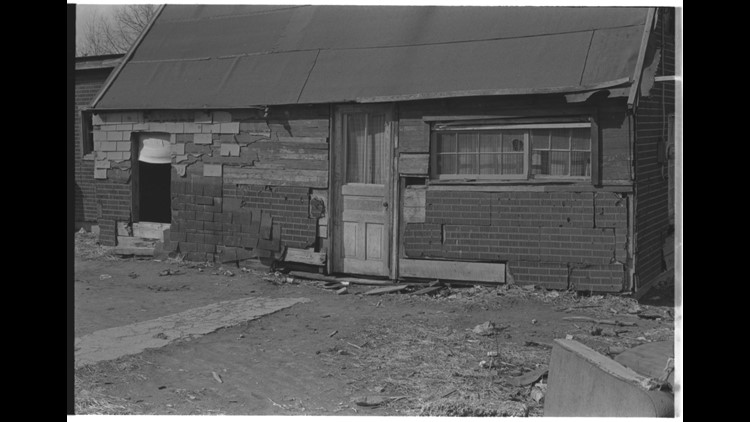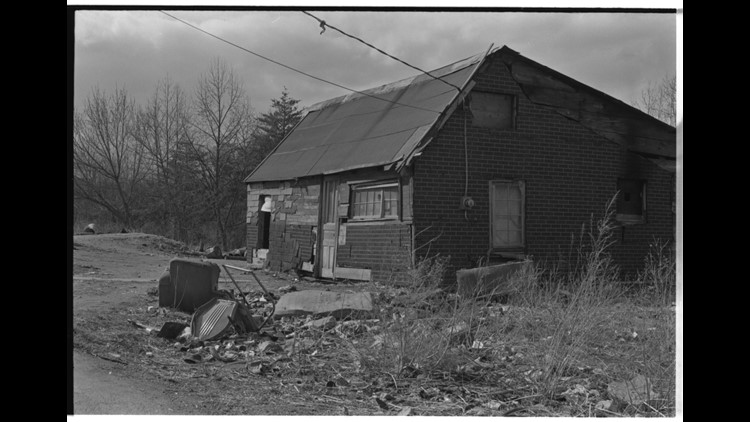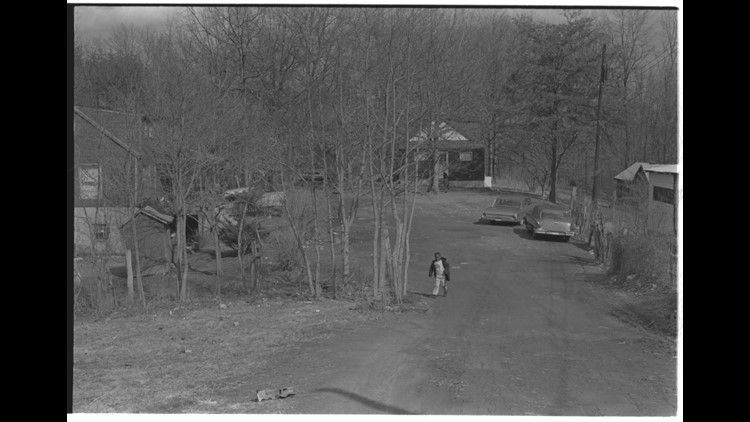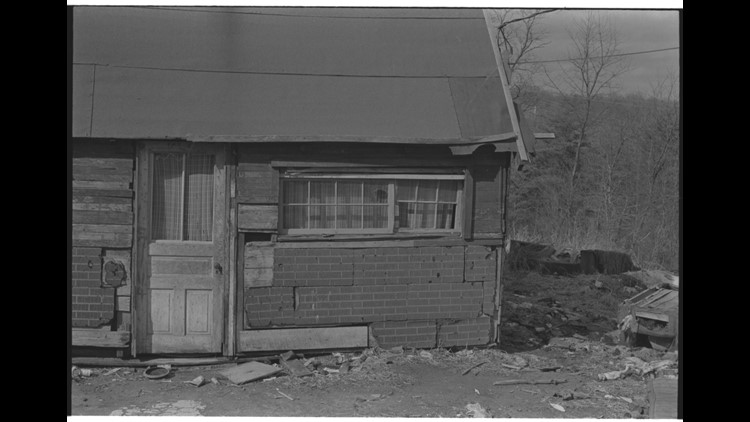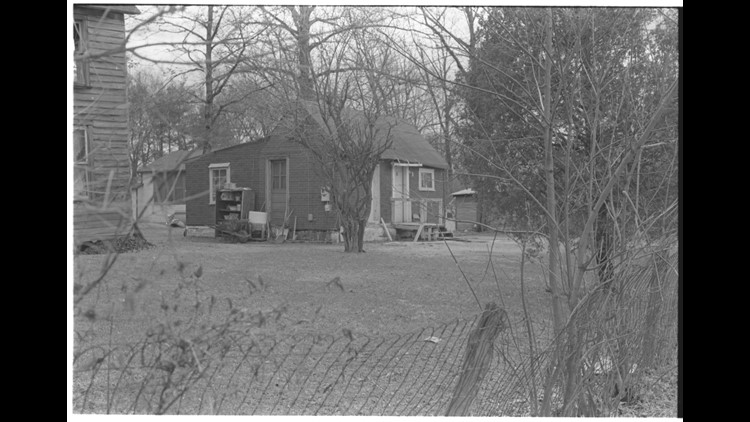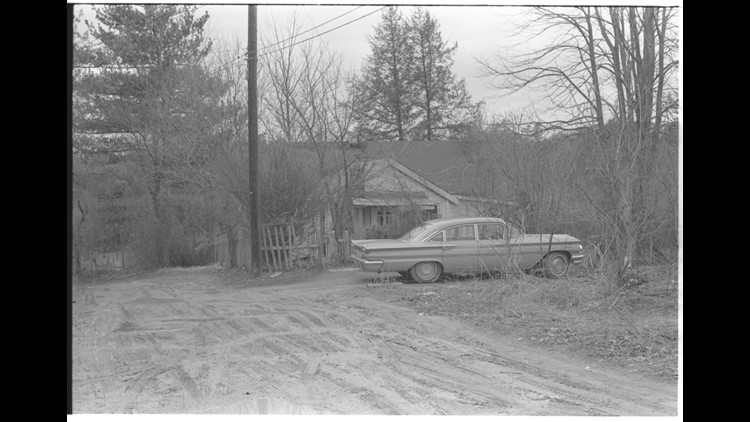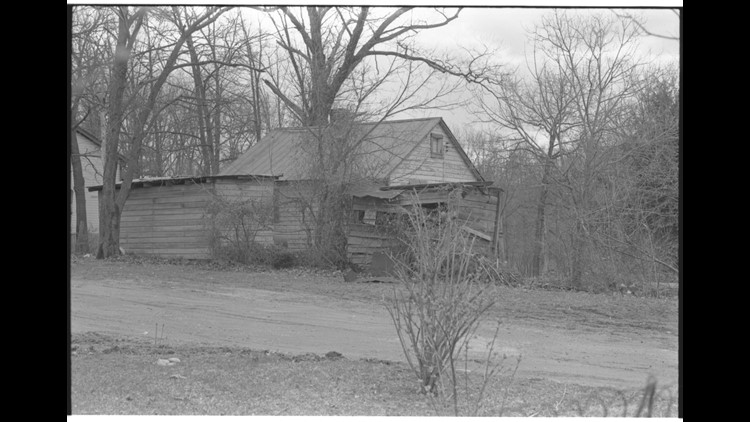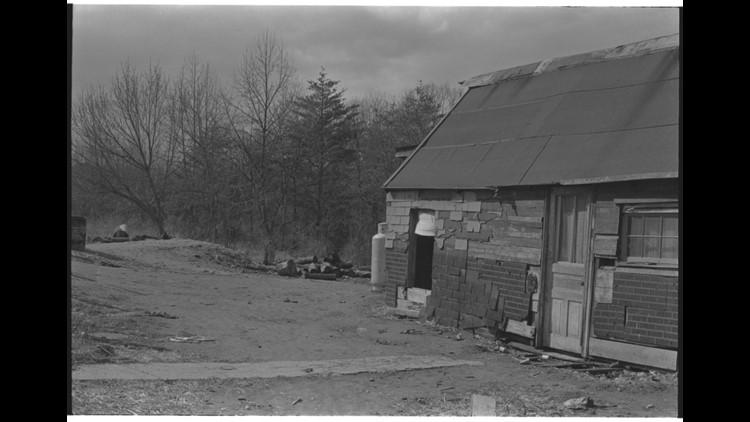SCOTLAND, Maryland — Montgomery County’s Scotland community dates back to the Reconstruction Era when newly freed African Americans were first allowed to buy property.
William Dove was among the first to settle in Potomac. He bought 36 acres for $210 at a public auction.
Over the next few years, more Scotland founding families bought land in what was known as Snakesden until the community adopted the name “Scotland” in the 1920s.
LaTisha Gasaway-Paul’s great-great grandfather was William Dove.
"I was surrounded by history without knowing that every day I was learning something," she said. "The importance of the land that we currently live on today is so significant. And I don't take it for granted."
Gasaway-Paul lives in the Scotland home where her grandparents raised her. She said she carries the memories and the presence of her ancestors.
"My ancestors lived in shacks, in shacks, they didn't have windows, no electricity – no sewer system," She said. "How could someone do such a thing to live in being so a human being, but it happened?"

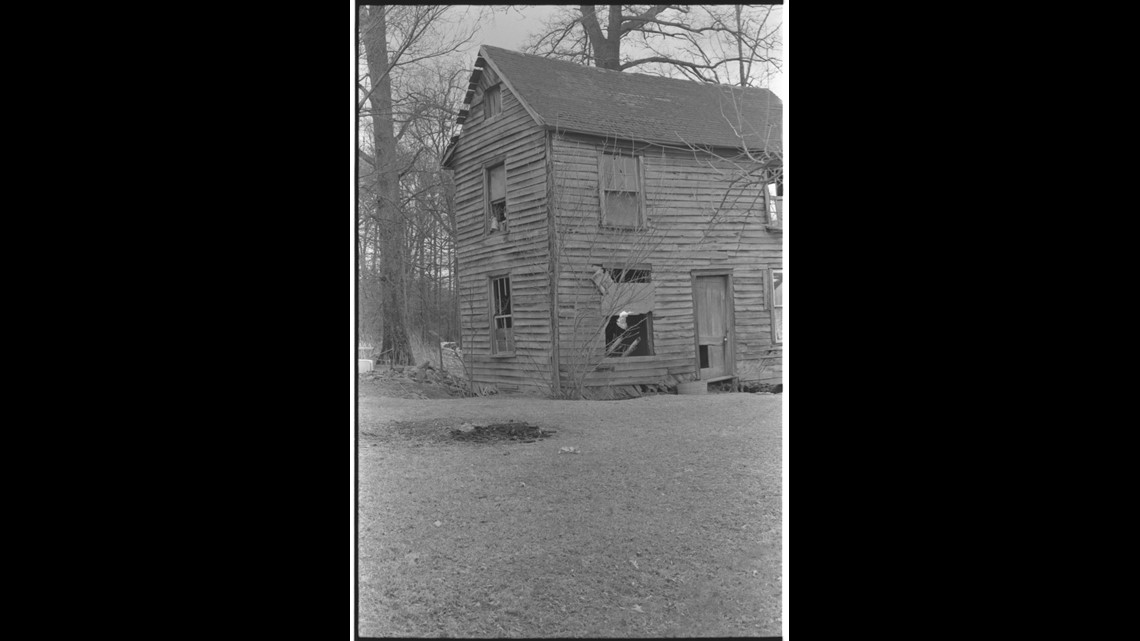
Roosevelt Twyman married into the Scotland Community, and at 94, he’s their oldest living resident.
He said before the new Scotland homes were built in the life was hard.
"We had to carry water from the spring do washing and do dishes and all that, we didn’t have electric, we used have to light a kerosene lamp every night for light,” Twyman said.
Most houses that occupied Scotland prior to 1968 were nearly uninhabitable.
This enclave of working, tax-paying citizens had no running water and had to cross Seven Locks Road to get it from a spring.
They had no sewer systems and had to use outhouses. They had no garbage service, and no paved roads.

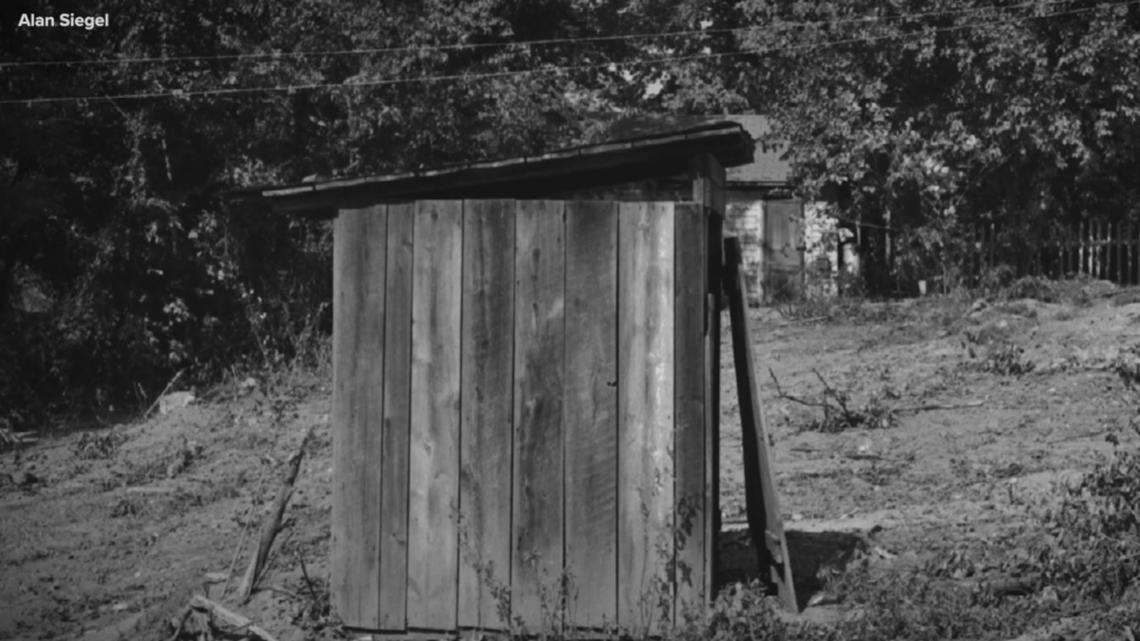
“It was kinda rough some time so I try to always try to push things off that was bad and not think about them too much," Twyman said.
Former Temple University and NFL Running Back Paul “Boo Boo” Palmer was raised in Scotland.
"It's the only home I knew," Palmer said. "I remember going when I was leaving to go to college and my grandmother, I felt like she wasn’t going to miss me, she didn’t she didn’t say anything, she didn’t cry and as I was about to leave, you know, my great grandma came out on the porch. And I jumped out the car, ran up there, I gave her a big hug. And, I just remember her telling me she loved me. She told me she was proud of me.”
Bernard Scott also married into Scotland and said the community adopted him as one of their own.

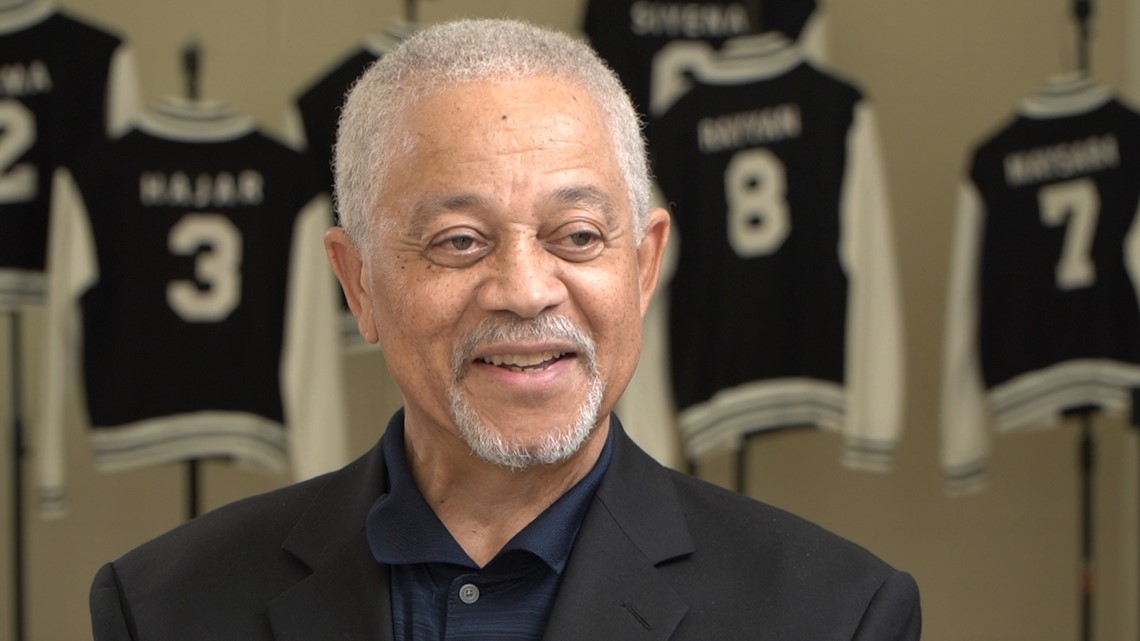
"These people were just incredible and the resiliency that they had in order to just make it from day to day and the way that they had to live was awesome. You know, their surroundings were deteriorating but here were full of love," Scott said.
Scott would sit and talk with the elders who were only one or two generations from enslavement.
"They would tell you everything, and they're full of wisdom," he said.

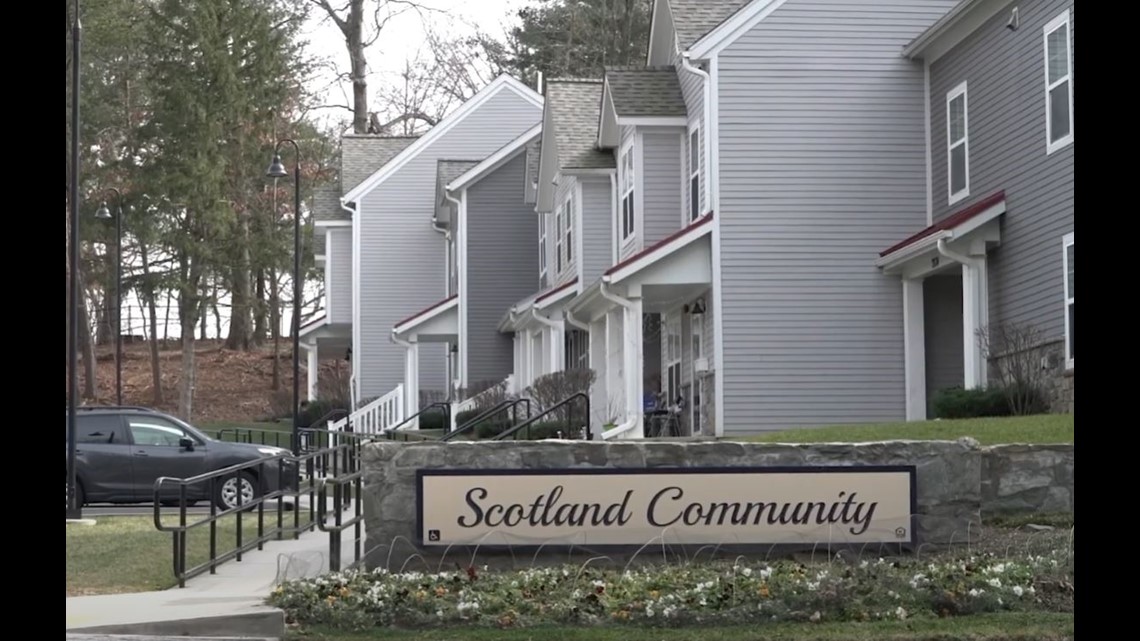
At one point, Scotland was comprised of more than 500 acres of land but developers and urban sprawl was coming for this community from all sides and some Scotland families sold their land.
Scott and others believe that the land that belonged to Scotland descendants was stolen from them.
"The developers understood that they were dealing with people who most of them did not graduate from high school," Scott said. "Most of them could not read nor write. In fact, it was against the law for us to know how to read or write. So, it became legal with a witness that if someone witnessed you put an X, that that became a legal document. But who was the witness? Was the witness somebody who were – who was there on their behalf? Or was the witness someone who was there on the other folks behalf? They were definitely taken advantage of. We understand that Black folks were always taken advantage of, in some form or fashion, that the only way to get what they wanted was to do what they did."
Today, Scotland has been whittled down from 500 acres to 11 acres. And out of that, only three acres are still owned by Scotland families.
"You know, I always kind of looked back at, you know – Tulsa, Oklahoma; Rosewood, Florida; and Scotland. And I put them all in the same bag, there was nobody murdered, here in Scotland, but there certainly was a lot of heartbroken and a lot of lives upset," Scott said.
In spite of all the hardships – faith, love and lineage keeps the families of Scotland going.
Scotland - 1968
At the heart of the Scotland Community is the Scotland A.M.E. Zion Church. The original church was built in 1924 and its 1963 extension is one of the last early structures created by this community.
In the 1980s, Montgomery County re-routed Seven Locks Road around and several feet above the church. On July 7, 2019, a catastrophic flood threatened to knock this resilient center of faith off the map.
The Scotland Community needs to raise $10 million to floodproof the landscape, restore the church and build a new community center space. To learn more about the project, click here.
Do you have a news tip on this story or any other story? We want to hear from you. Tell us about it by emailing newstips@wusa9.com.
MORE WAYS TO GET WUSA9
DOWNLOAD THE WUSA9 APP
Apple App Store: WUSA9 News on Apple
Google Play Store: WUSA9 News on Android
HOW TO ADD THE FREE WUSA9+ APP TO YOUR STREAMING DEVICE
ROKU: add the channel from the ROKU store or by searching for WUSA9.
For both Apple TV and Fire TV, search for "WUSA9" to find the free app to add to your account. Another option for Fire TV is to have the app delivered directly to your Fire TV through Amazon.
SIGN UP TO RECEIVE WUSA9 NEWSLETTER
Subscribe to our daily WUSA9 Newsletter for top stories from WUSA9 curated daily just for you. Get content and information right now for can’t-miss stories, Commanders content, weather, and more delivered right to your inbox.

